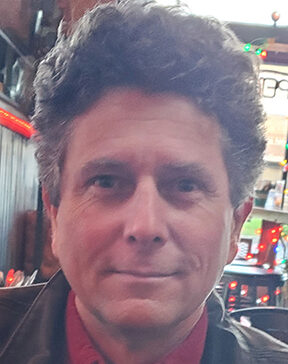Is the price too steep for renewable energy? A tiny Nevada town hopes it never finds out.

Amy Alonzo Reno Gazette Journal
GERLACH, Nev. — Long before this tiny desert town at the base of Nevada’s Granite Mountains comes into view, northbound drivers on remote Highway 447 pass a wooden sign staked into the ground.
“San Emidio ORMAT, nine miles,” it reads.
An arrow points west. Dry grass and sage stretch toward the horizon.
Next to that sign is a smaller one. “North Valley Geothermal Power Plant Construction Site,” it reads, another arrow pointing the same way.
On a highway flanked by little development, where drivers can go miles without passing someone else, the signs stand out. They mark not only the burgeoning geothermal market in Nevada, but the potential future of this far-flung town 120 people call home.
Ten miles north of the signs, drivers round a curve and enter Gerlach, where they find a smattering of houses, a dilapidated motel faded by the desert sun, and the coffee shop and café where locals gather.
The town’s water tower looms over the sprinkling of single-story houses and businesses; the closest grocery store is 100 miles away. At night, endless dark skies are cleaved only by mountains jutting into the star-studded blackness.
But proposed geothermal development threatens the rural way of life in Gerlach. Ormat Technologies, the same company that operates the San Emidio geothermal project several miles south of town and multiple other geothermal projects across the West, has received federal approval for an “exploratory” project on public land surrounding Gerlach.
Unlike San Emidio, this project would put wells just hundreds of feet from private property. Ormat seeks to construct more than a dozen geothermal wells, as well as roads and facilities, on the western edge of the Black Rock Playa adjacent to Gerlach.
The development would light the night sky, residents say, with previously unobstructed views of the playa and mountains peppered by the 150-foot-tall wells. Geothermal pumping could drain hot springs that flow under town, causing buildings to sink.
It would change the very character of Gerlach, according to Dave Cooper, a resident and former Bureau of Land Management employee.
“We all live here for the peace and quiet and solitude and unspoiled landscapes,” he said.
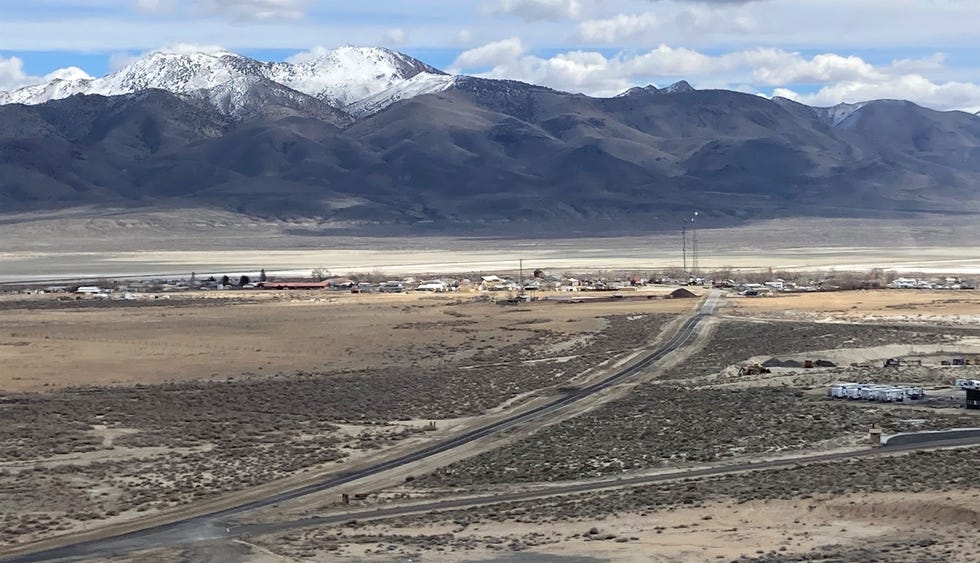
While the project is deemed exploratory, it is potentially part of something much larger in scope. Ormat had originally proposed two new geothermal plants, overhead powerlines and several miles of aboveground pipeline. Ormat withdrew that plan in 2020 and instead submitted the plan for exploration.
Earlier this year, a diverse cast of characters including Burning Man, the Summit Lake Paiute Tribe, environmental groups and residents such as Cooper joined forces to sue the Bureau of Land Management for approving the project, alleging the BLM did not consider the project’s impact on the community and surrounding area.
“It’s essentially on top of us,” said Jason Walters, who has called Gerlach home for 17 years.
Gerlach residents have a short reprieve — at an April Washoe County Commission meeting, residents and Burning Man asked Washoe County commissioners to rescind local permitting for the project. With a 3-2 vote, commissioners sided with Burning Man and Gerlach.
Now, Ormat must either wait a year to seek another permit from the county or file an appeal in district court.
The company has not responded to the Reno Gazette Journal’s requests for comments.
As the push to expand geothermal development grows, Gerlach’s story is one playing on repeat across Nevada.
In some instances, what is threatened is not a rural way of life but an endangered toad or a minuscule butterfly, but in each case, lawsuits are halting development as residents, environmentalists and tribes unite to ask, “Why develop here?”
The push for geothermal development
Nearly a quarter of the world’s geothermal energy is produced in Nevada and California, and major corporations such as Chevron are developing geothermal projects in Nevada.
The draw? Geothermal plants are low-emission power sources. Geothermal energy plants tap into hot water or steam below the Earth’s surface to drive turbines that produce electricity.
The federal government is pushing the nation to up the percentage of energy it acquires from geothermal from 0.5% to 8.5% by 2050. In 2011, the U.S. Department of Energy issued a $350 million partial loan guarantee to Ormat Nevada to tap into Nevada’s resources and increase geothermal production in the state by nearly 25 percent. Ormat operates 12 of Nevada’s 20 geothermal power plants.
The state’s geothermal energy capacities have barely been tapped, according to Jim Faulds, state geologist and director of Nevada Bureau of Mines and Geology.
Due to tectonic forces, Nevada’s crust is pulling apart and spreading, bringing warm fluids closer to the earth’s surface. The state is also riddled with faults, which allow fluids like hot water to move closer to the surface. According to Faulds, Nevada is one of the best places on earth for extraction of geothermal energy.
Roughly 85% of the state is public land, most of which has potential for resource extraction; through April of last year, the BLM had approved more than 120 renewable energy projects nationwide on the land it manages.
Impacts to underground water
Sources of hot, subterranean water permeating the Earth’s surface abound in Gerlach in the form of hot springs. Some are piped and diverted, some are used for soaking.
Others — like Great Boiling Spring on the edge of town — are a source of scientific study. Fenced off on private property, the network of mud volcanoes and natural pools ranges from 95 to 207 degrees Fahrenheit. The seemingly bottomless pools are a blend of deep blues, murky greens and shimmering golds and yellows caused by photosynthetic microorganisms.
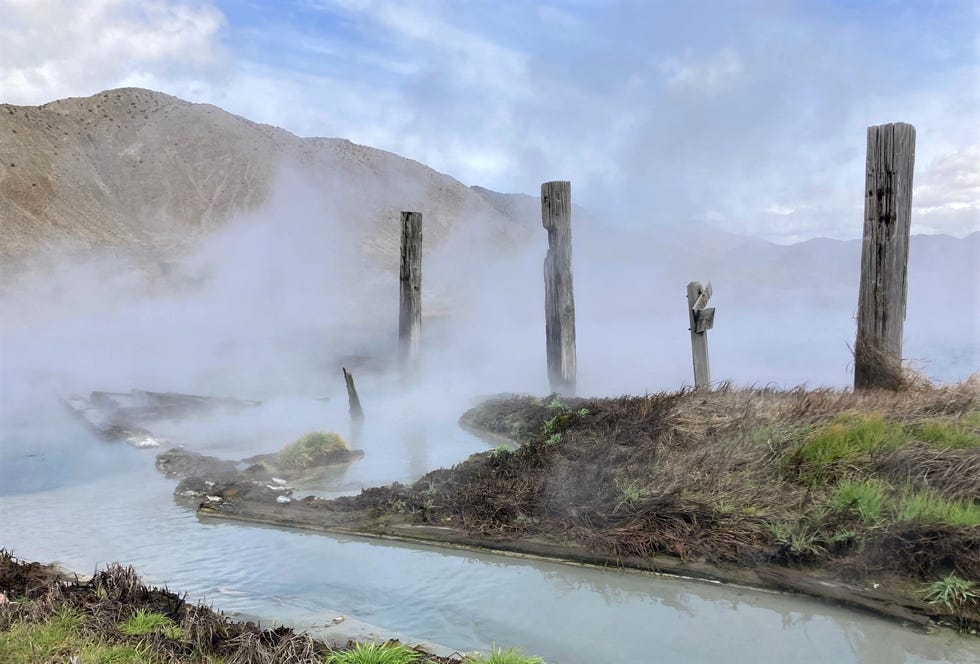
With funding from NASA, scientists from the University of Nevada, Las Vegas have been studying bacteria in the water, which are estimated to be thousands of years old and contain microbes found nowhere else. The springs are eligible for listing on the National Register of Historic Places.
One of Ormat’s proposed wells is slated for placement next to the fence surrounding Great Boiling Spring. The development will impact the springs and no mitigation efforts could undo the damage a nearby well would bring, the lawsuit alleges.
Changes in surface water due to geothermal production are common and expected, according to a report by the U.S. Department of the Interior.
These changes have been documented at geothermal production areas throughout the West, including at Steamboat Springs south of Reno. Geothermal development resulted in the loss of geysers and springs and a reduction of thermal water discharge to Steamboat Creek by 40%.
In Jersey Valley, northeast of Fallon, a geothermal power plant started production in 2011. Flow at a nearby perennial spring declined almost immediately. By 2014, the Jersey Valley Hot Spring stopped flowing completely.
Residents like Walters and Cooper worry not just for the springs, but for the town itself.
Ormat and the BLM are pretending the hot springs don’t run under the town, Walters said, despite multiple buildings buckling and sinking over the years due to subsidence. Nationwide, more than three quarters of all subsidence issues — the sinking of the Earth’s surface — are caused by groundwater use.
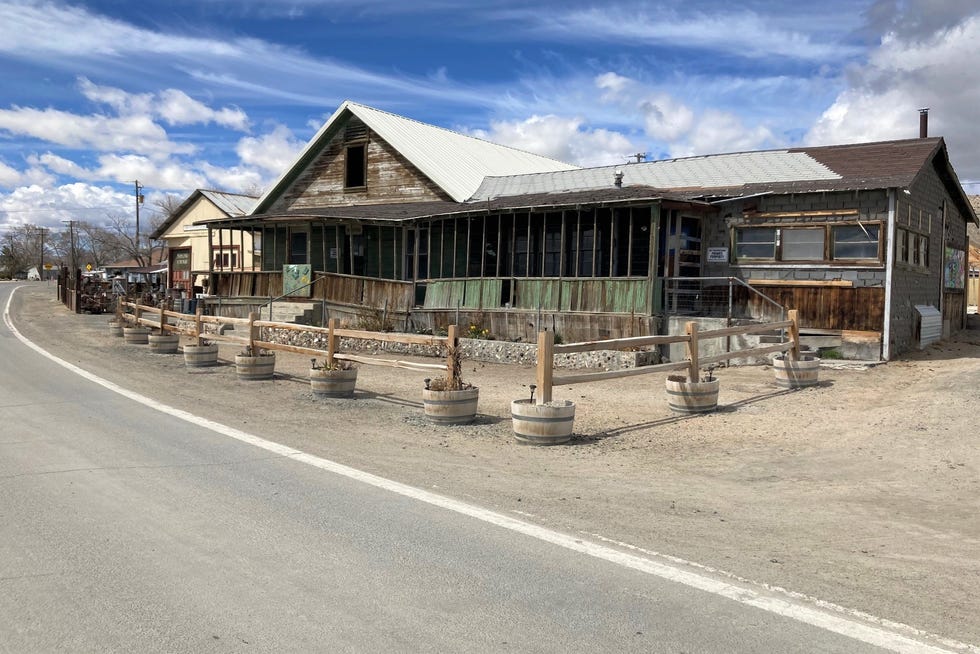
The BLM has mandated that Ormat monitor groundwater around Gerlach, but that’s not enough for residents.
“We’re sitting right here on top of a geothermal resource, and that’s what Ormat is going to use,” said Cooper. “With subsidence, you start losing foundations and you can kiss your home goodbye.”
The last place to call home
It’s not just effects on the homes for humans that concern opponents of Ormat’s proposed geothermal plants.
One proposed project is slated for Dixie Valley, about an hour northeast of Fallon. The ecosystem there is known to the Fallon Paiute Tribe as “Paumu,” and the tribe has lived and prayed in the valley for more than 10,000 years. It is one of the most sacred sites in the tribe’s culture.
The valley is also the only place in the world where the Dixie Valley toad lives.
About the size of a golf ball, the toads live on 760 acres of wetland fed by four springs. Those springs are threatened by the proposed Dixie Meadows Geothermal Utilization Project, which would pump almost 46,000 acre-feet of water per year from underground.
That water would be reinjected into the ground, but “the scientific consensus for the Dixie Valley toad is it will go extinct. It is so closely tied to the geothermal regime of those springs,” according to Patrick Donnelly, Great Basin director for the Center for Biological Diversity.
The center joined forces with the Fallon Paiute-Shoshone Tribe to sue the BLM over the project and successfully petitioned the U.S. Fish and Wildlife Service to list the toad as endangered. Last year, a court-ordered injunction halted the project.
For the bleached sandhill skipper — a tiny, beige butterfly the center is also seeking a federal order to protect — “it’s much less clear,” Donnelly said.
The butterfly lives in a single, 1,500-acre wetland in Humboldt County. Ormat, the entity that proposed the projects for Gerlach and Dixie Valley, has also proposed the Baltazor Geothermal Development Project for the wetland area where the bleached sandhill skipper lives.

The geothermal plant will have impacts on the surrounding landscape and plants the butterflies use for food; how the butterfly adapts remains to be seen.
“There are alternatives to the paradigm of build anytime, anywhere under any circumstances,” said Donnelly. “Nobody blanket-opposes geothermal energy. We oppose these specific projects in these specific places.”
But with any energy production, there is a tradeoff, according to Faulds.
“Whatever humans do, there’s an impact on our surrounding environment. And even renewable forms of energy have some form of impact. If we want to go to electrical vehicles we have to go lithium,” he said. “There is less of an impact, but it doesn’t mean there is no impact.”
Beneath dark skies — for now
After passing Gerlach’s small town center, drivers reach a fork in the road.
Head northwest, and the highway stretches into some of the most remote country in Nevada. To the northeast, old State Route 34 passes the art installations of Guru Road on the way to the Black Rock Desert, where Burning Man holds its annual festival each year on the windswept playa.
Burning Man has developed a presence in Gerlach, establishing an office and developing an art park. In 2019, the BLM completed an environmental impact statement for Burning Man, which brings thousands of people through Gerlach and into the Black Rock for the nine-day festival.
An environmental impact statement was never drafted for the proposed Ormat project, an irony not lost on Gerlach residents.
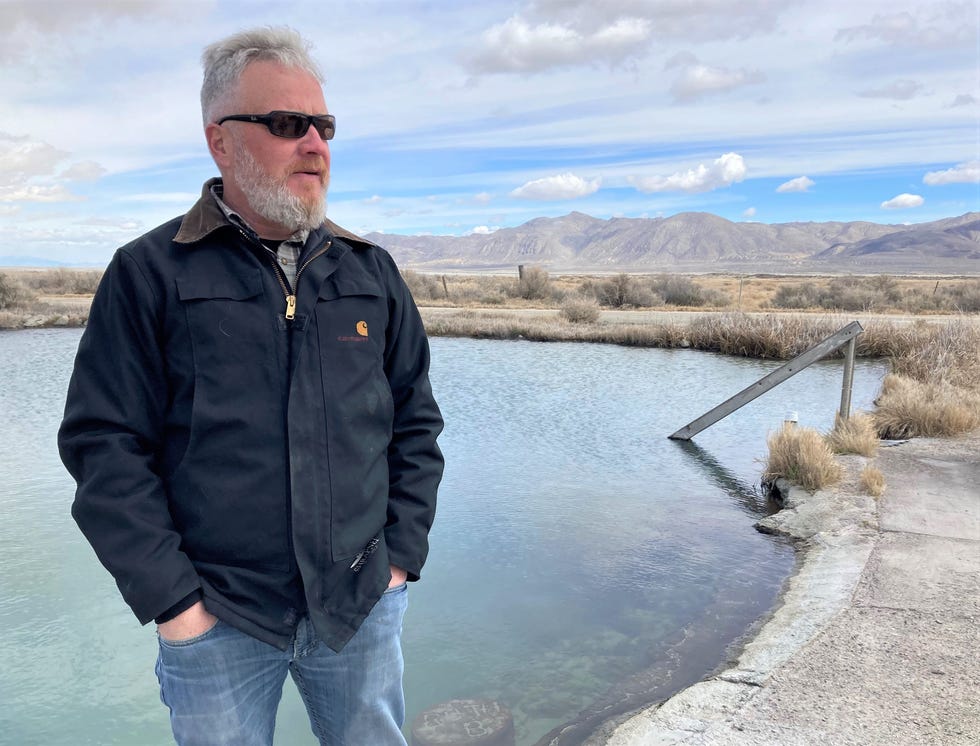
At a December Citizen Advisory Board meeting, Gerlach residents grilled the BLM’s Black Rock Field Office Assistant Manager Andy Boerigter about the lack of an environmental impact statement for the project — only a lesser report, an environmental assessment, was completed.
When answering, Boerigter implied environmental impact statements are reserved for larger, more controversial projects.
But when most of the town — about 75 of its 120 residents — comes out to protest a project, residents argued, isn’t that controversial enough?
After an hour of questioning Boerigter, residents’ questions remained unresolved and the meeting closed.
The residents have continued to rally. At the April Washoe County Commission meeting when the local permit was pulled, dozens of residents made the two-hour drive to Reno then waited hours to be able to provide brief public comment.
They watched in victory as three of the five commissioners agreed with them on technicalities — not that the project shouldn’t happen, but that residents weren’t properly noticed and were unable to participate in early planning meetings.
It was a small win, but a victory nonetheless.
Residents drove home, beneath dark skies and the silence of Nevada wilderness, the hum of wells nowhere to be found.
Amy Alonzo covers the outdoors, recreation and environment for Nevada and Lake Tahoe. Reach her ataalonzo@gannett.com.
